Wednesday night was a triple whammy of celestial events, with a super blue blood moon visible to keen astronomers who were in the right place to see it.
Here are some of the best pictures from the special evening.
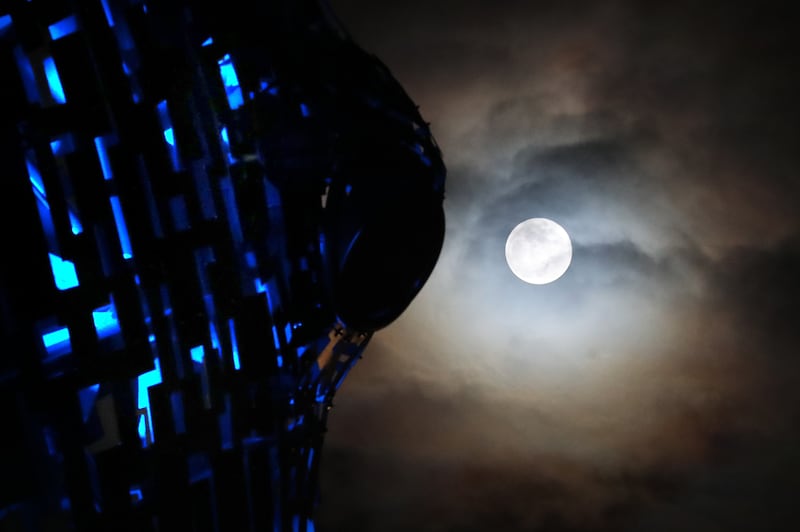
There was a supermoon, meaning it was 14% bigger and 30% brighter than usual.
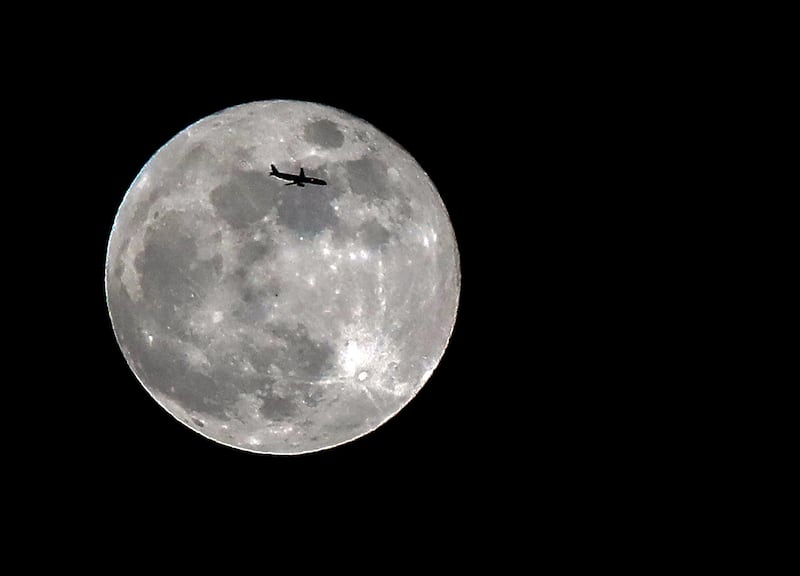
It was also what is commonly known as a Blue Moon, since it was the second full moon in a calendar month.
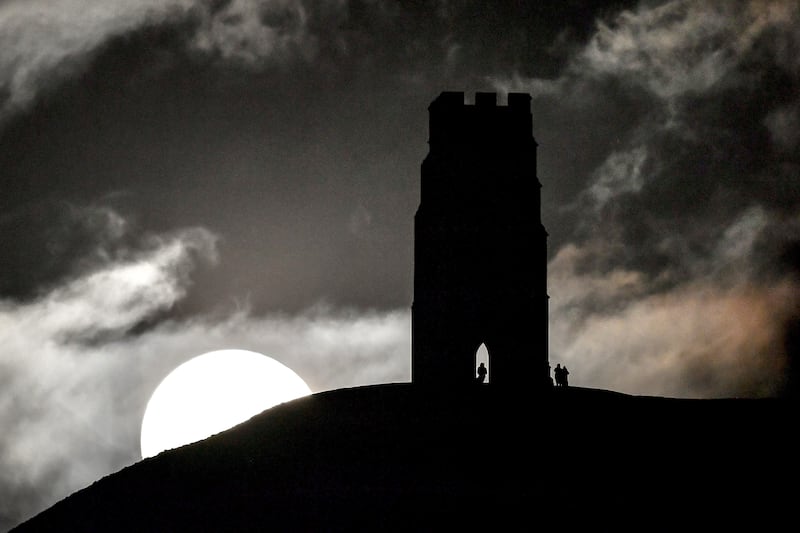
Nasa took a time lapse of the night, which also shows the total lunar eclipse that was visible from North America, and resulted in a blood moon for some sky watchers.
#ICYMI: This morning was a lunar trio with the #SuperBlueBloodMoon! That's when you have a supermoon, which also happens to be the 2nd full Moon of the month, passing through Earth’s shadow during a total lunar eclipse. Here's a timelapse from @NASAJPL: https://t.co/Px9ggzit97 pic.twitter.com/34uHGccmiE
— NASA (@NASA) February 1, 2018
A lunar eclipse is when the sun, moon and Earth are aligned, and the moon passes into the Earth’s shadow.
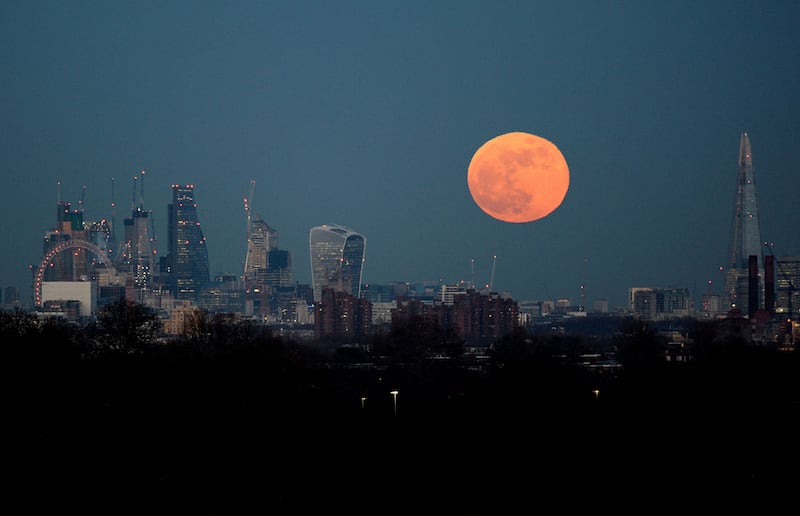
The moon looked bigger and brighter because the full moon coincided with it being at “perigee”, when its orbit is at its closest to Earth.
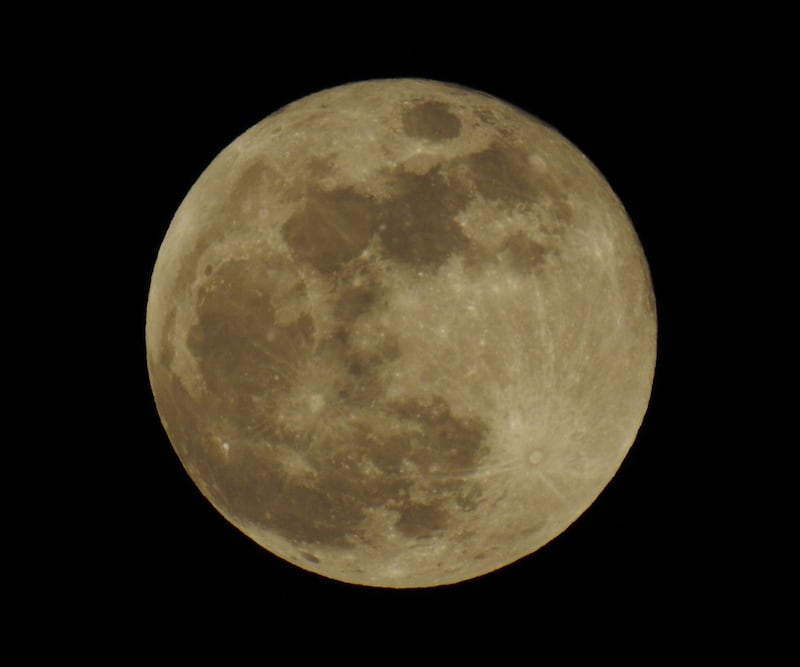
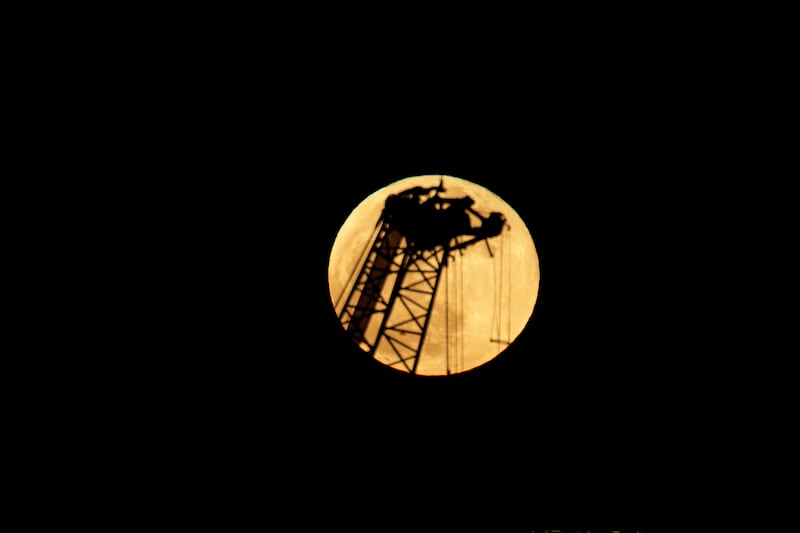
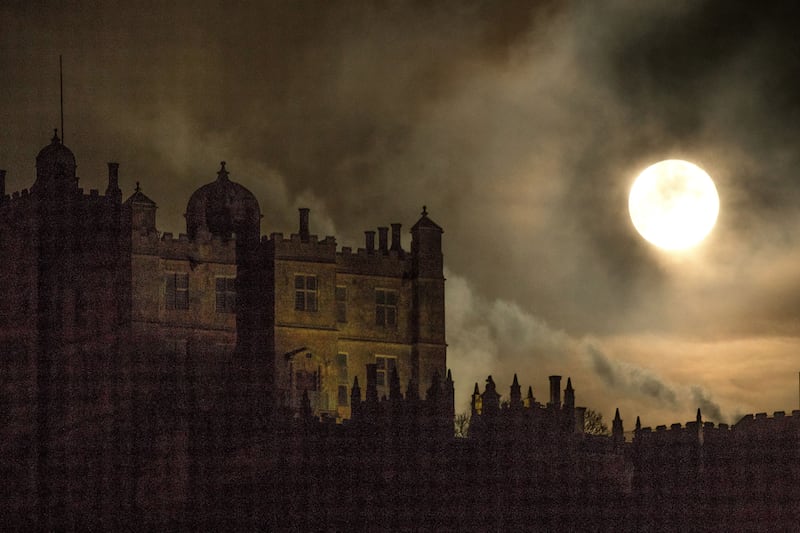
The super blue moon could be seen the world over, weather permitting.
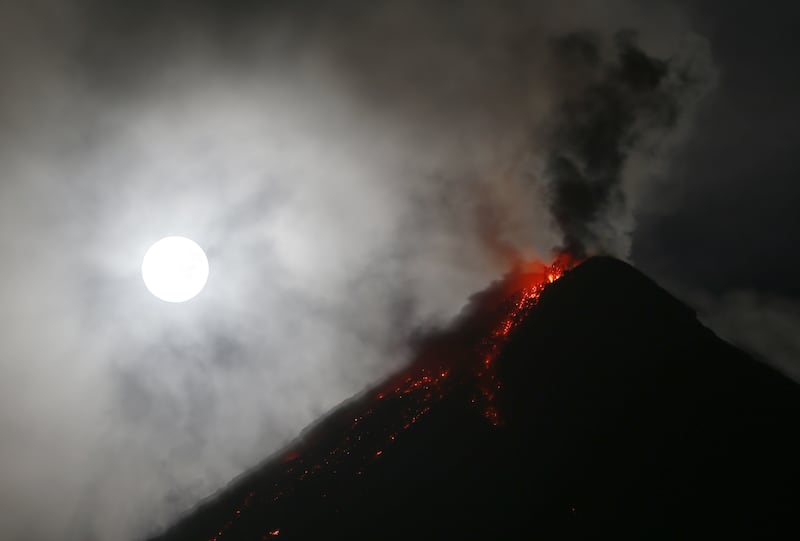
Some pictures taken abroad show the rusty colour the moon turned that night.
When the lunar eclipse was in full swing and the moon was in the Earth’s shadow, the sunlight reaching past the Earth and illuminating the moon has passed through the Earth’s atmosphere.
The blue parts of this light were more likely to be scattered by the atmosphere, leaving more red and orange light to fall on the moon.
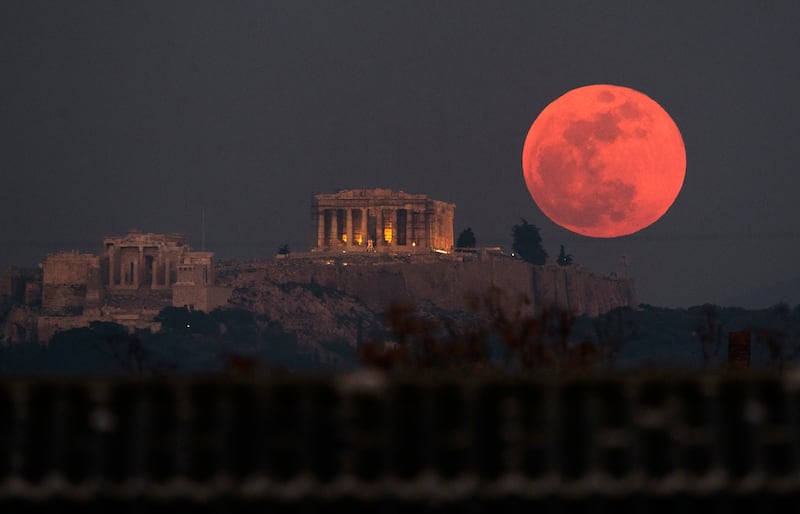
While some pictures of the super moon taken in the UK showed a distinct yellow-ish tint, that was not because of the eclipse but by a similar effect which kicks in when the moon is low in the sky.
“You may well have noticed that early on in the evening while the moon was still low in the sky, it was very clearly yellow,” said Dr Gregory Brown, an astronomer at the Royal Observatory Greenwich. “This yellow colour is caused by our atmosphere scattering blue light away from the moon.
“This is also the reason why the sky appears blue, as blue light is scattered away from the sun (making it yellower) and scattered towards the observer from elsewhere in the sky. In big cities with high pollution, this effect can be even worse.”








